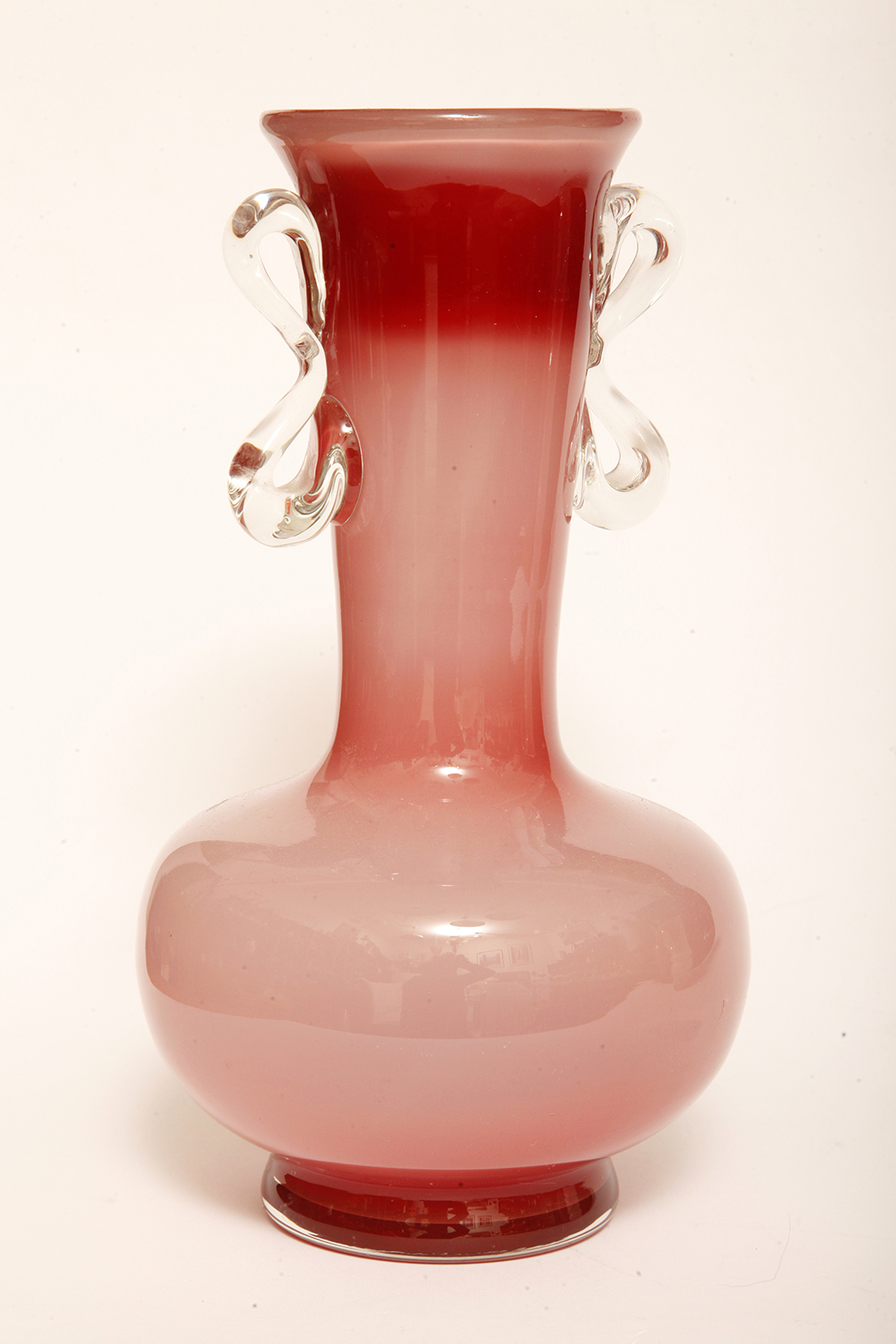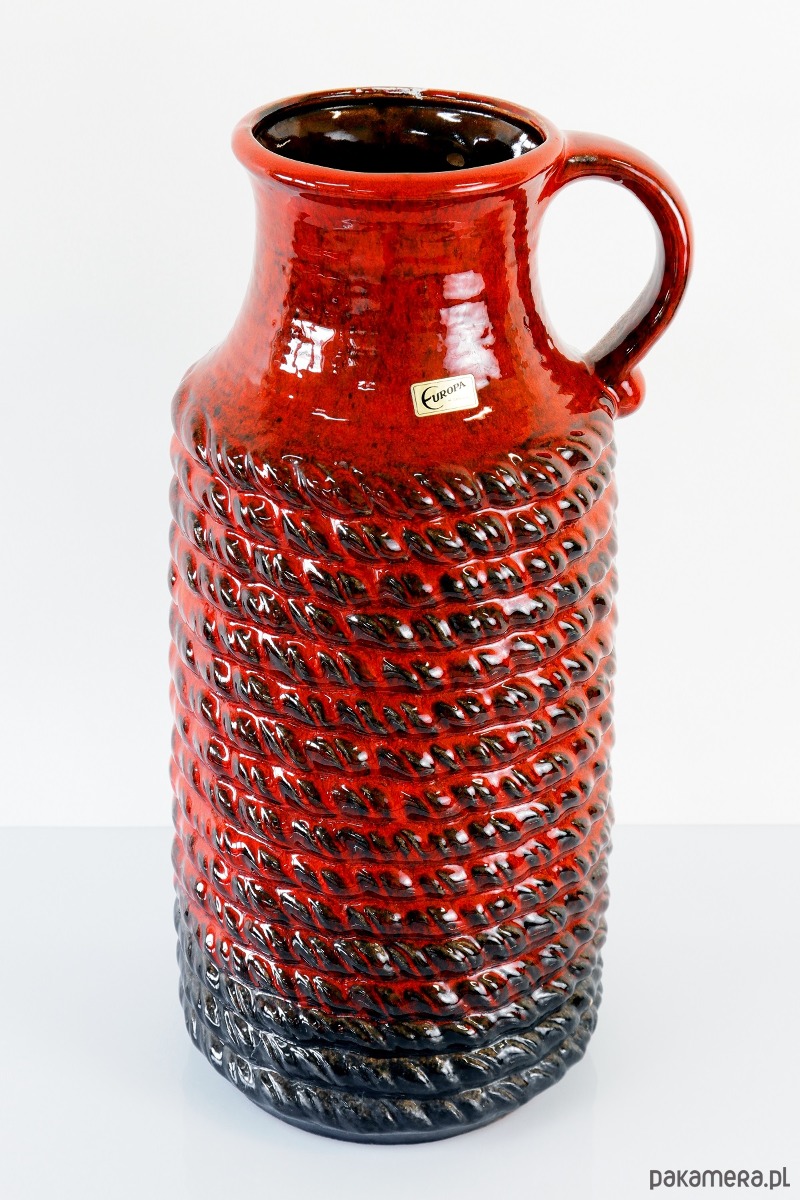
Duży mlecznobiały dwuwarstwowy szklany wazon z abstrakcyjnym wzorem, Czechosłowacja, lata 70. - Lata60-te.pl I Wystrój wnętrz z lat 60 I Meble Szkło Ceramika Oświetlenie i nie tylko

Wazon proj. Bronisław Wolanin Ceramika Bolesławiec, lata 70-te. - Domogrody - sklep internetowy antyki - sztuka - design

Duży brązowy porcelitowy wazon, Zakłady Porcelitu Stołowego Pruszków, Polska, lata 70. - Lata60-te.pl I Wystrój wnętrz z lat 60 I Meble Szkło Ceramika Oświetlenie i nie tylko

Pink Vase with a Red Stripe, Glassworks Tarnowiec, Poland, 1970s - Lata60-te.pl I Wystrój wnętrz z lat 60 I Meble Szkło Ceramika Oświetlenie i nie tylko
















